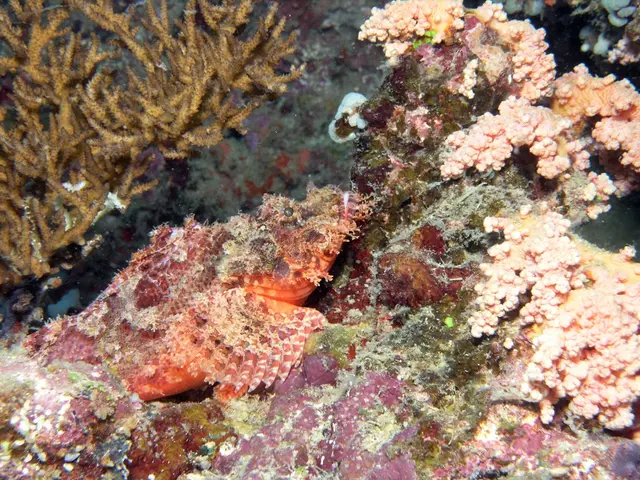Women-Led Team's Paper Unveils Key Satellite Findings for Future Earth Missions
A groundbreaking paper, authored by an all-women team including Helen Amanda Fricker from UC San Diego, offers a comprehensive anthology of key findings from satellite technology over the past two decades. This comes as the next Earth satellite follow-up mission, planned for 2027 as part of the ESAS Decadal Survey, aims to build on these advancements for advanced climate and environmental monitoring.
The paper underscores the significant role human-managed reservoirs play in Earth's seasonal surface water storage variability, accounting for 57%. It also highlights forests' crucial function as a net carbon sink. This understanding is built upon two decades of data from NASA's laser altimetry missions, including ICESat, ICESat-2, and GEDI, led by scientists like Bob Schutz, Amy Neuenschwander, and Lori Magruder. These missions have quantified annual land ice loss, sea-level rise, and Arctic sea ice volume changes.
Helen Amanda Fricker, a key contributor to the ICESat-2 mission, is now a science team leader. Her institution, Scripps Oceanography at UC San Diego, is renowned for its global earth science research and education, operating four oceanographic research vessels and welcoming over 500,000 visitors annually at Birch Aquarium at Scripps. UC San Diego's culture of exploration and experimentation drives these innovations.
The upcoming 2027 ESAS Decadal Survey will shape the future of Earth science satellite missions and research, building on the targeted observables highlighted in the 2017-2027 survey. These include ice elevation, terrestrial ecosystem structure, and surface topography and vegetation. The all-women team's paper serves as a vital foundation for these future endeavours, demonstrating the power of satellite technology in understanding and protecting our planet.
Read also:
- Senate Tillis under spotlight in North Carolina as IRA tax incentives remain uncertain
- projected growth for the natural acetoin market: $291.6 million by 2034
- Latest Edition of Bus-News Magazine Arrives for 2023!
- Testing the Camp Mode of the 2025 Tesla Model Y with Juniper's interior housing two kids, shockingly low CO2 levels were discovered.








